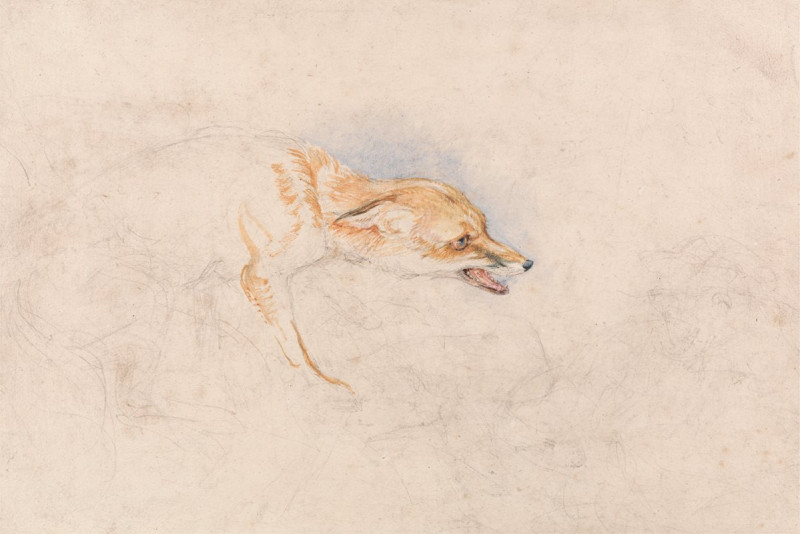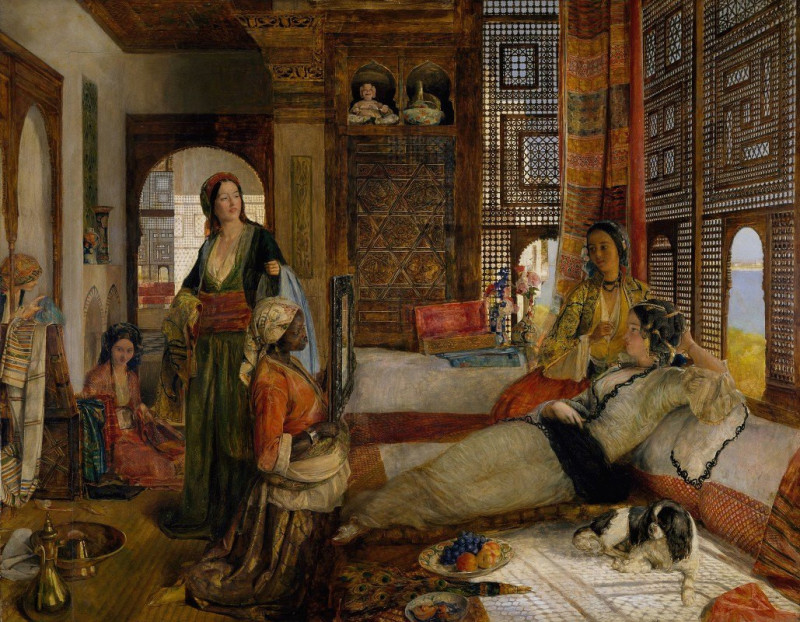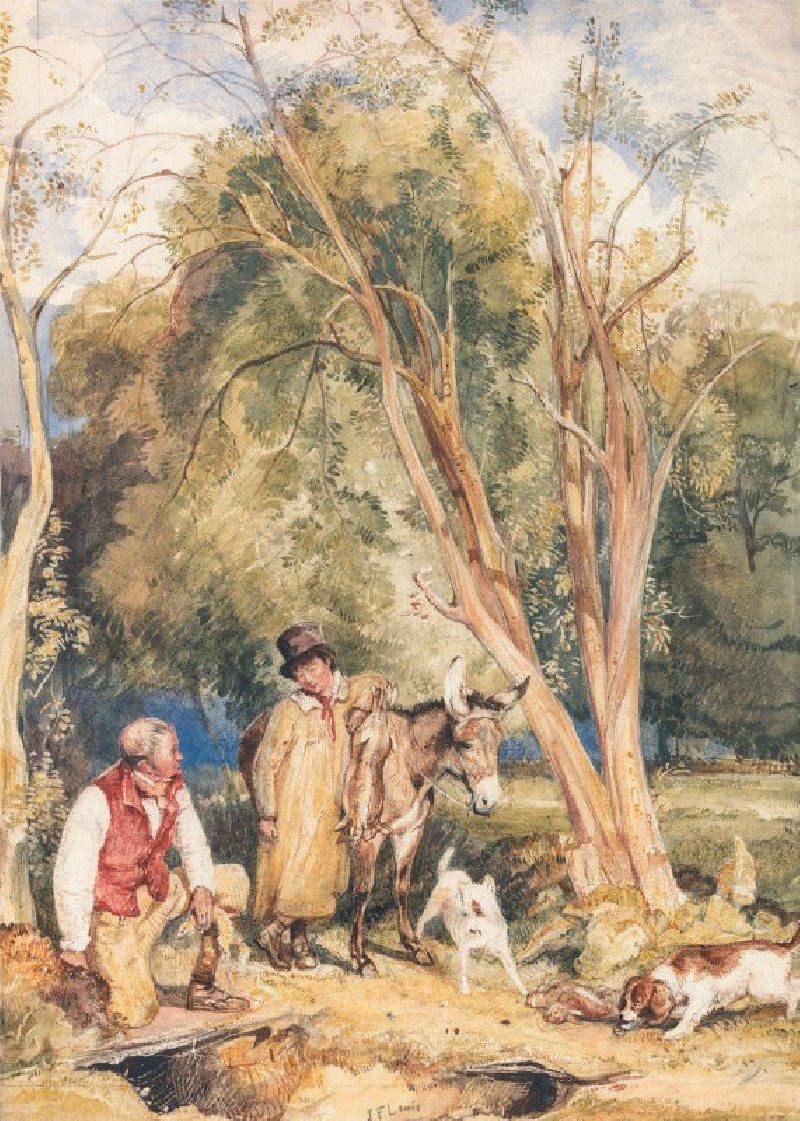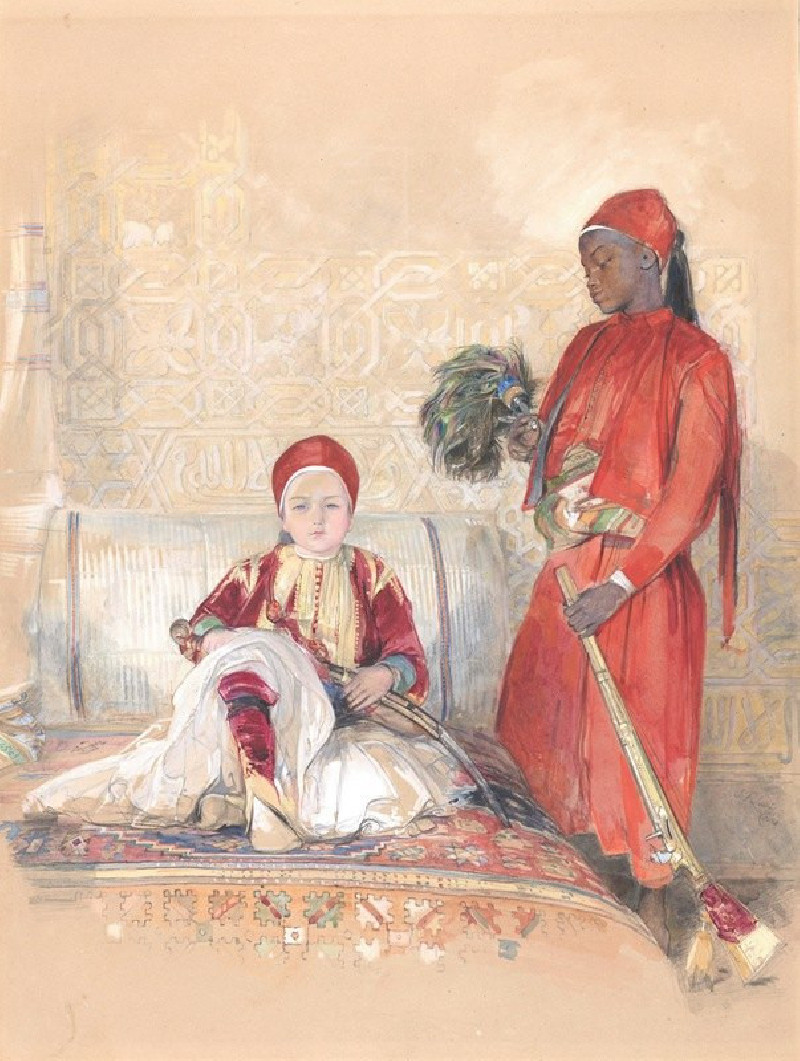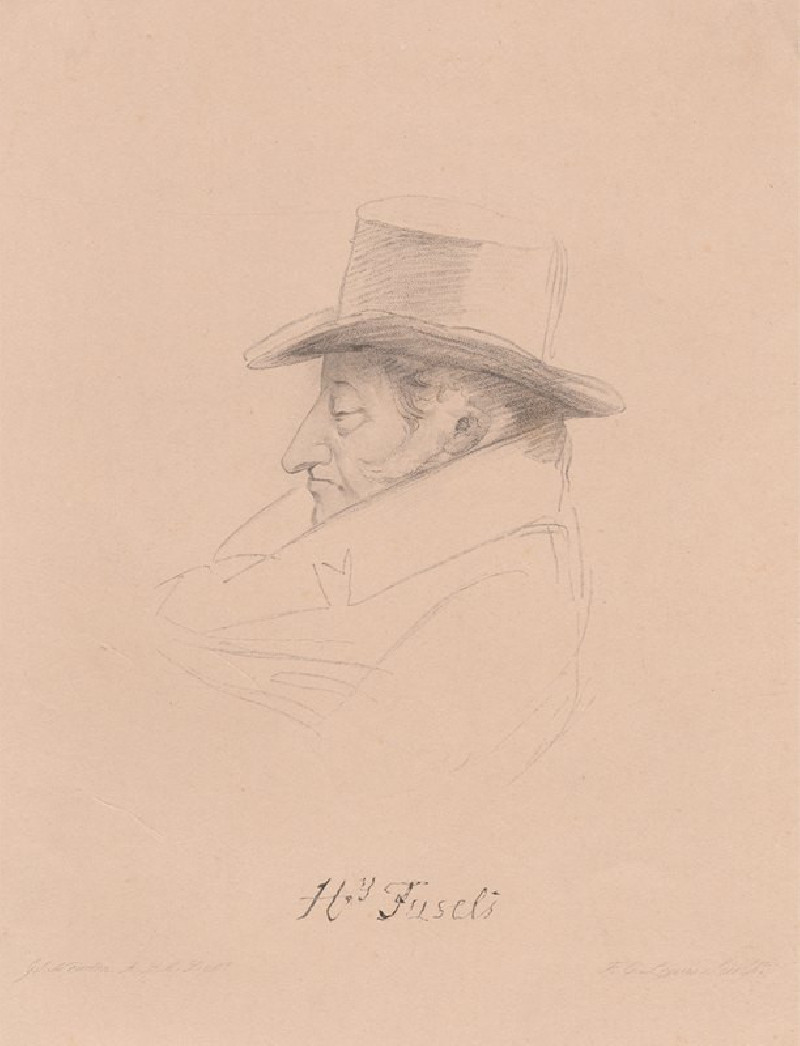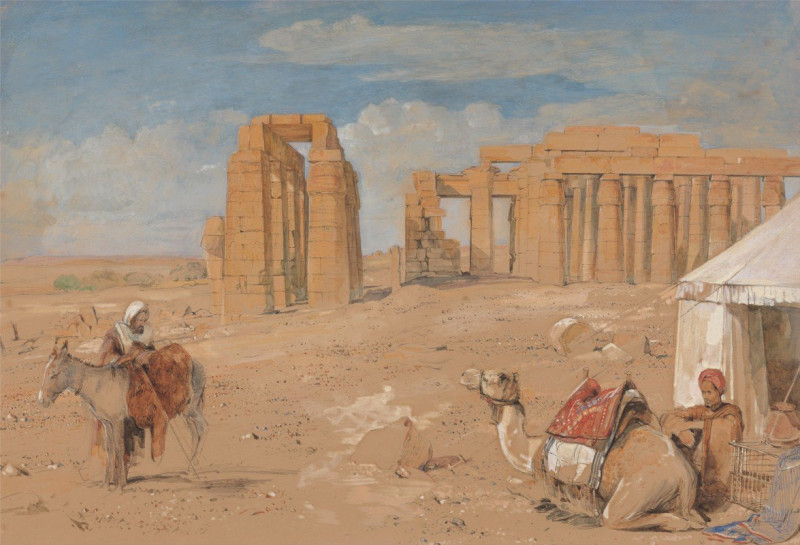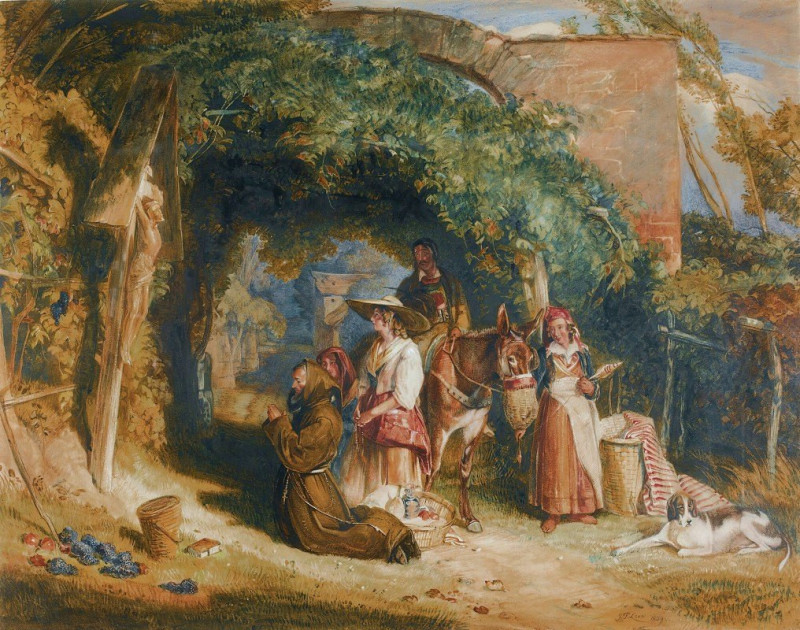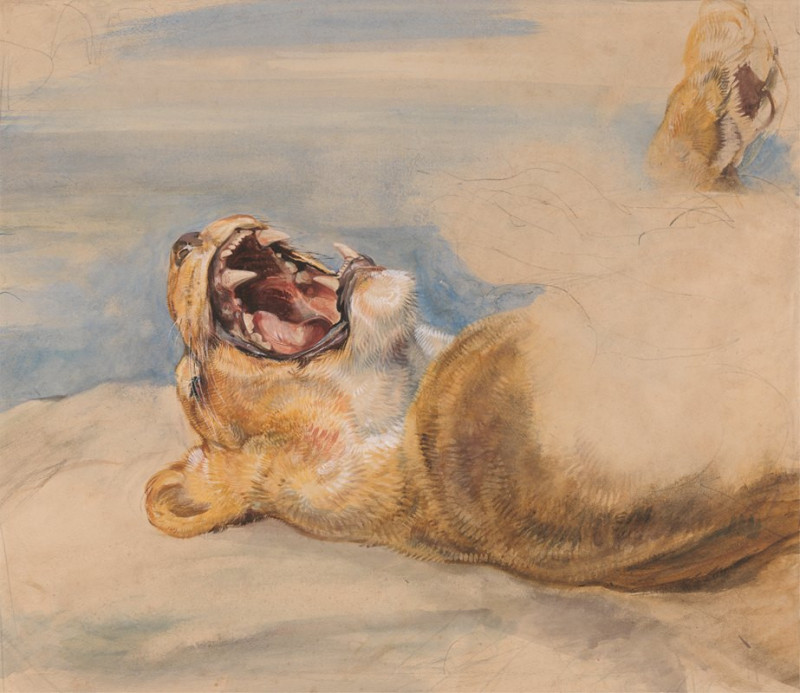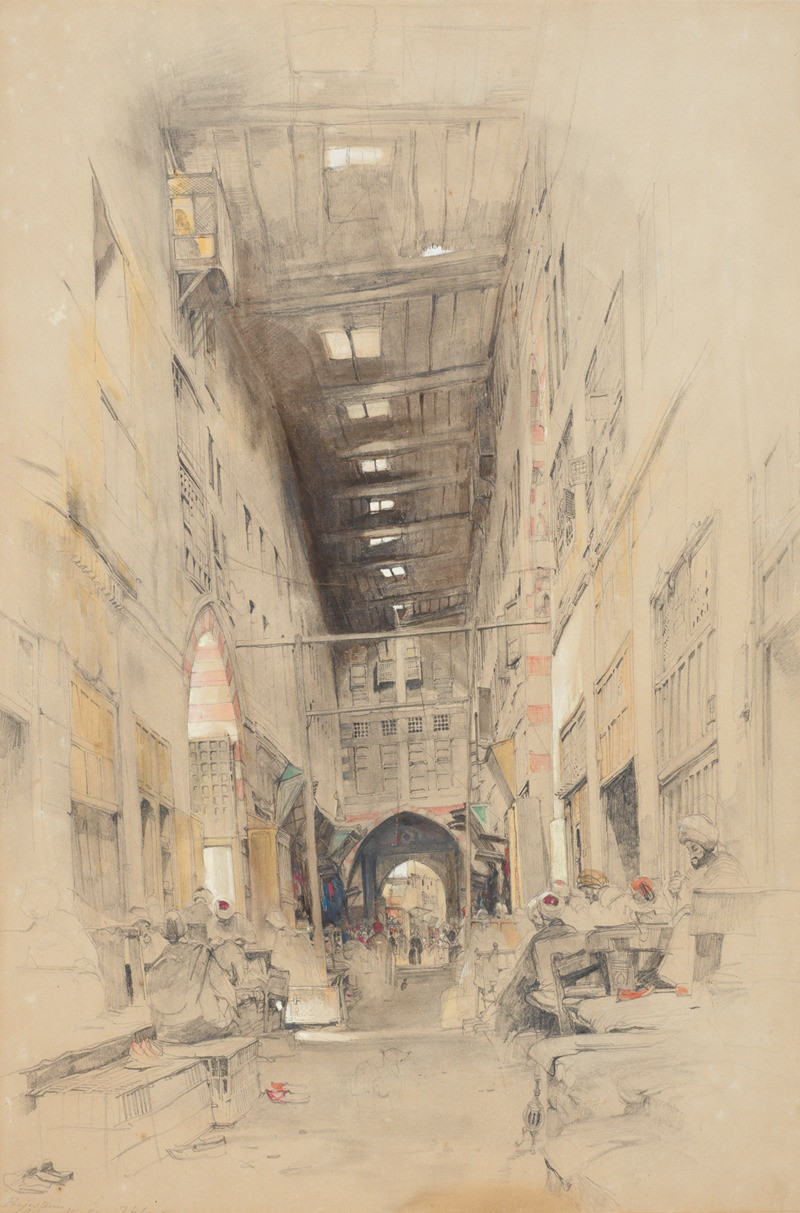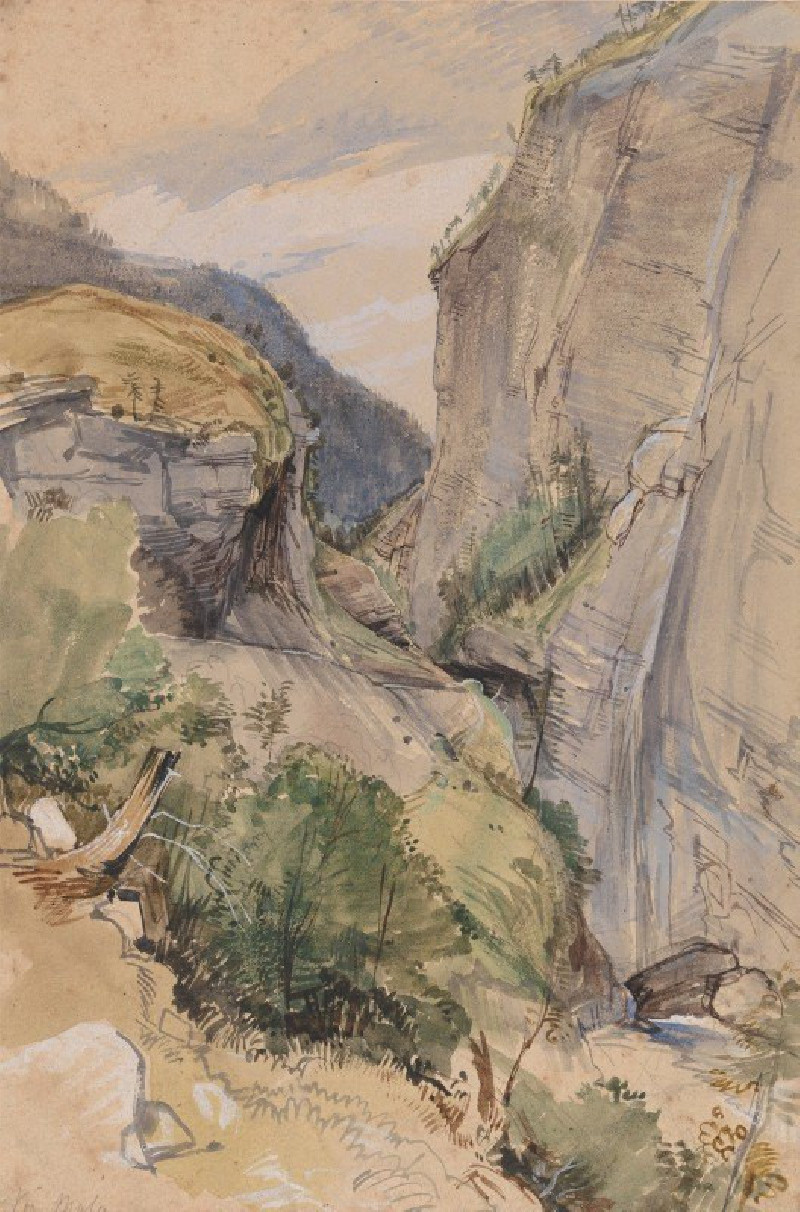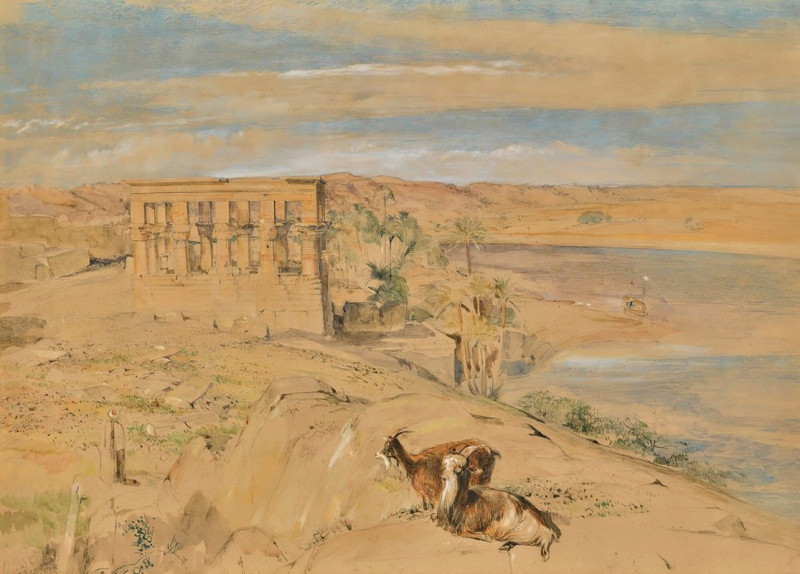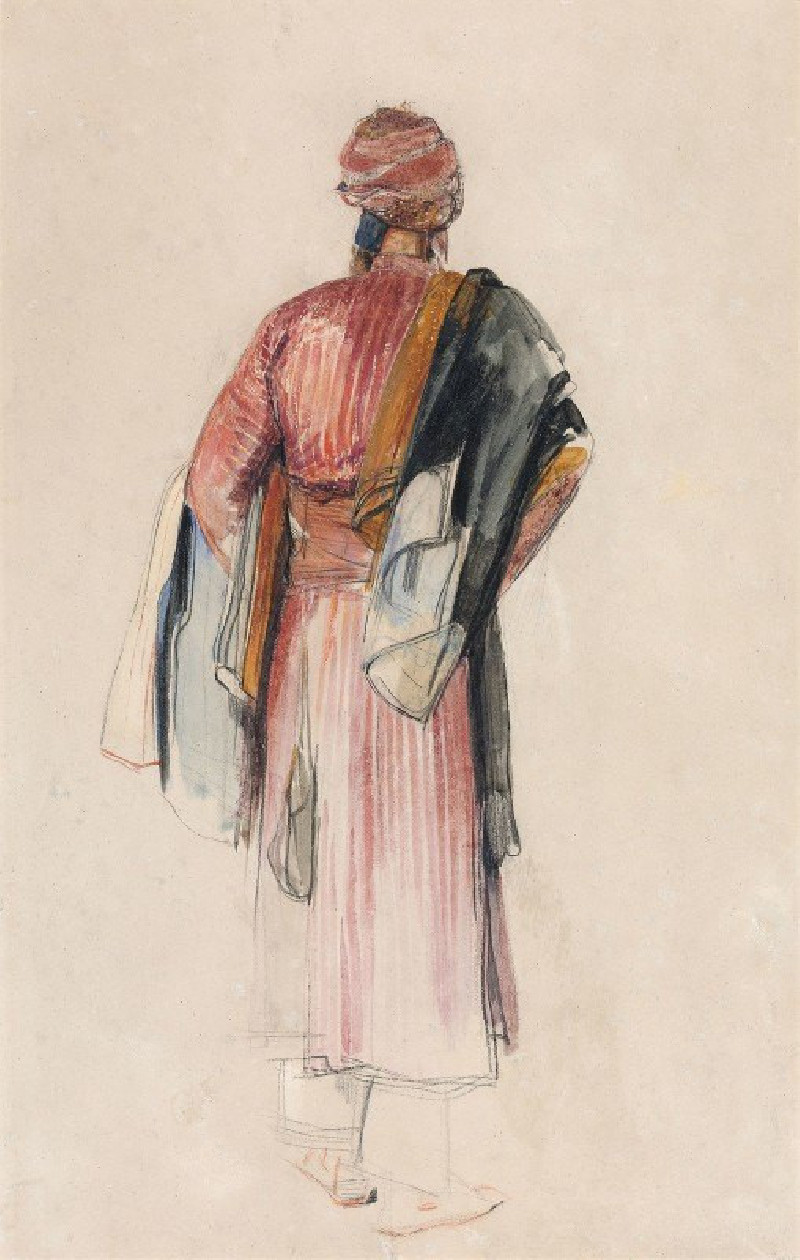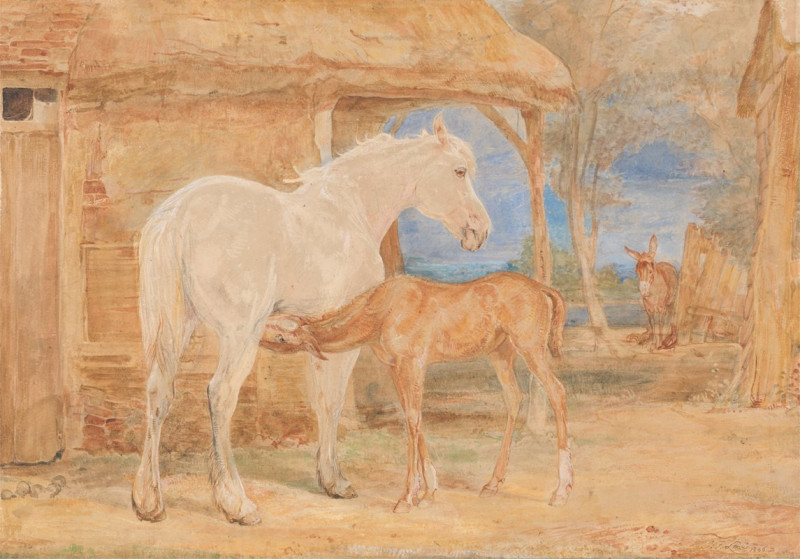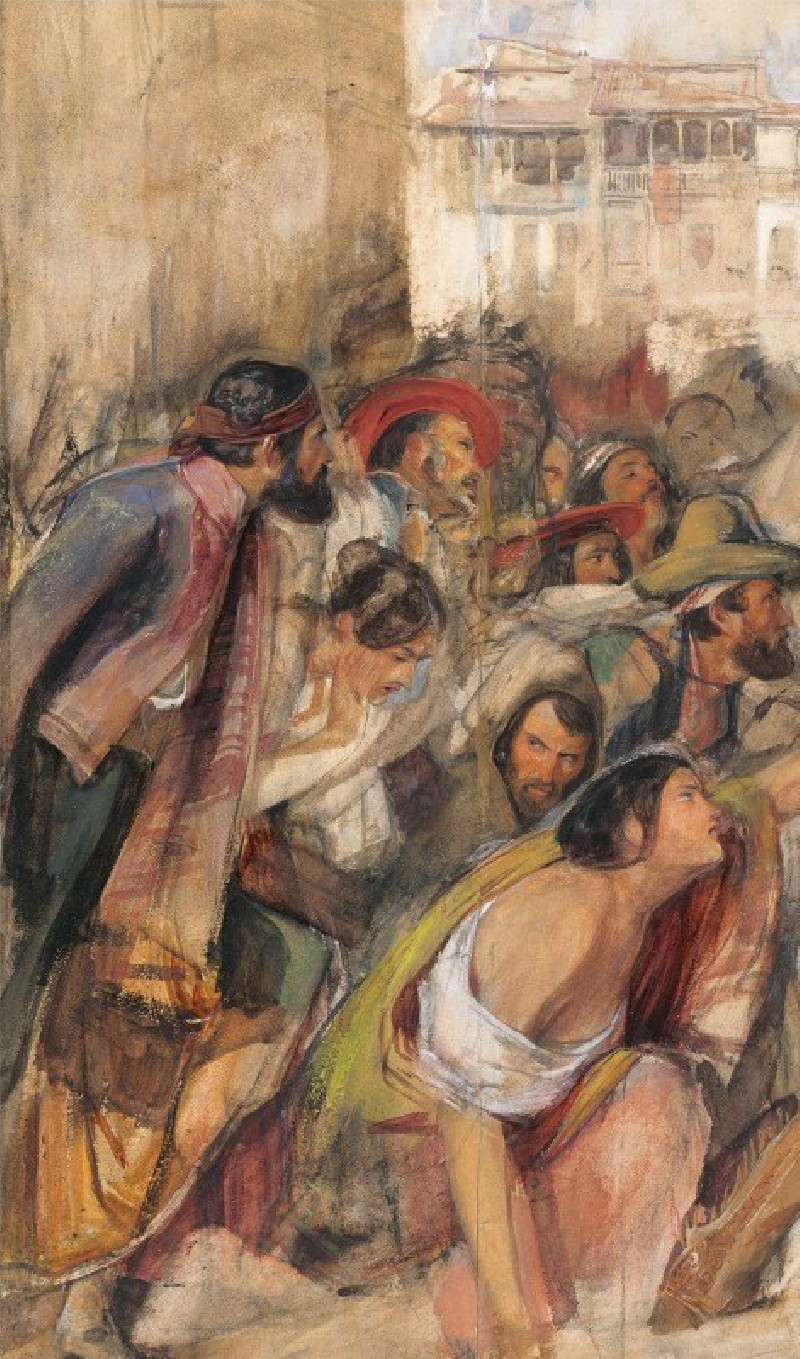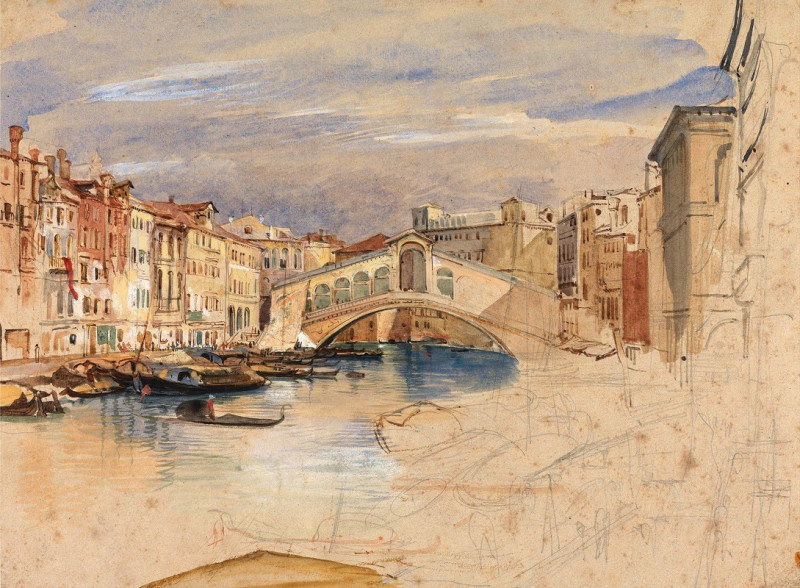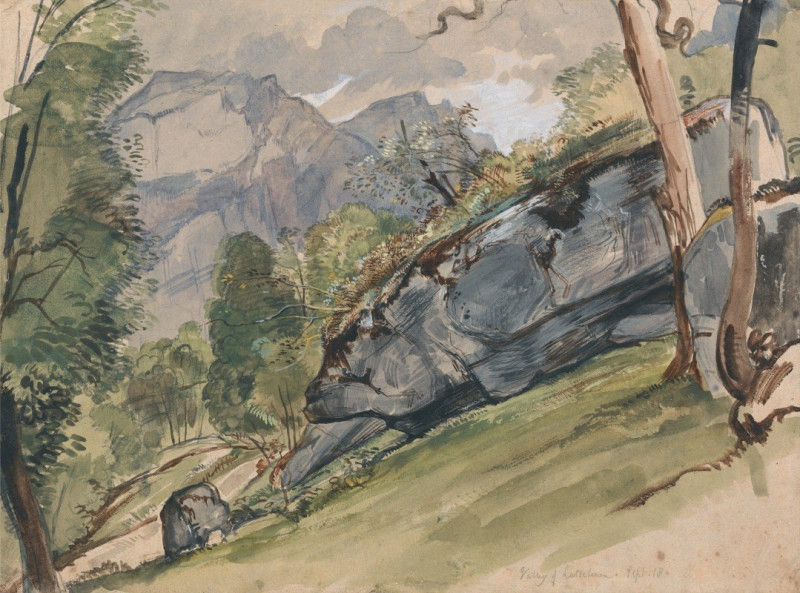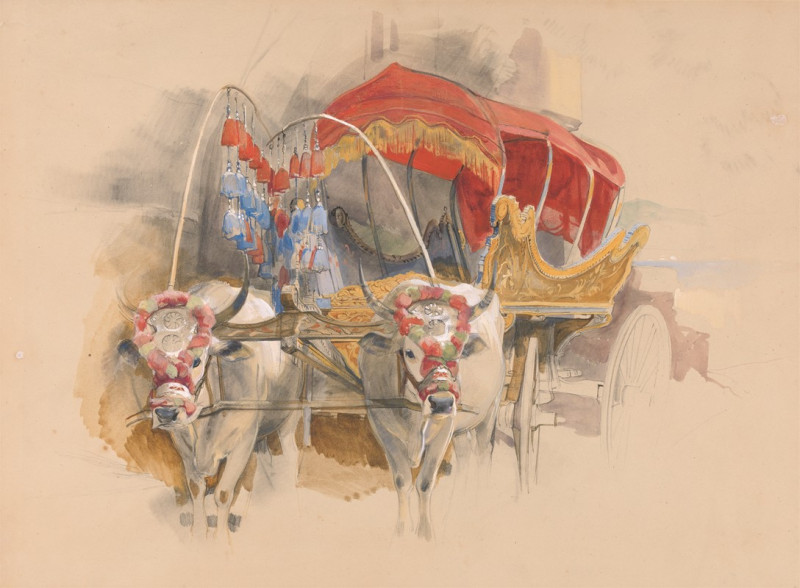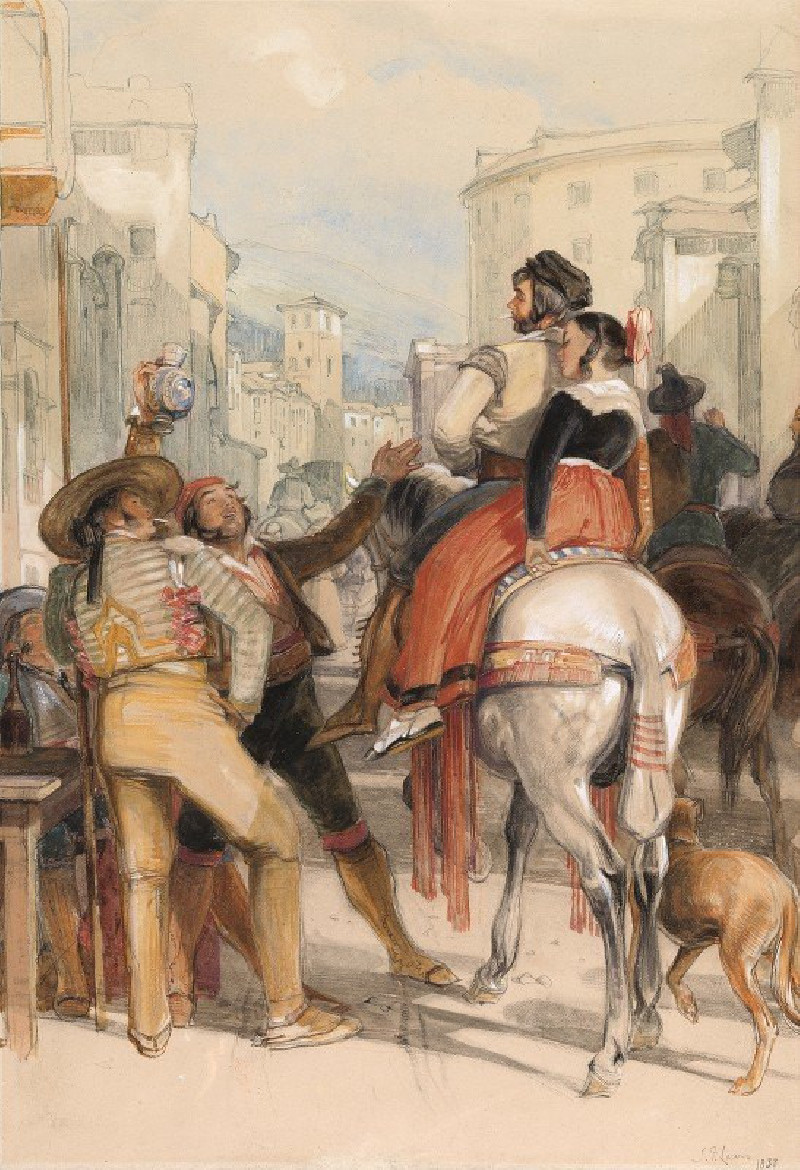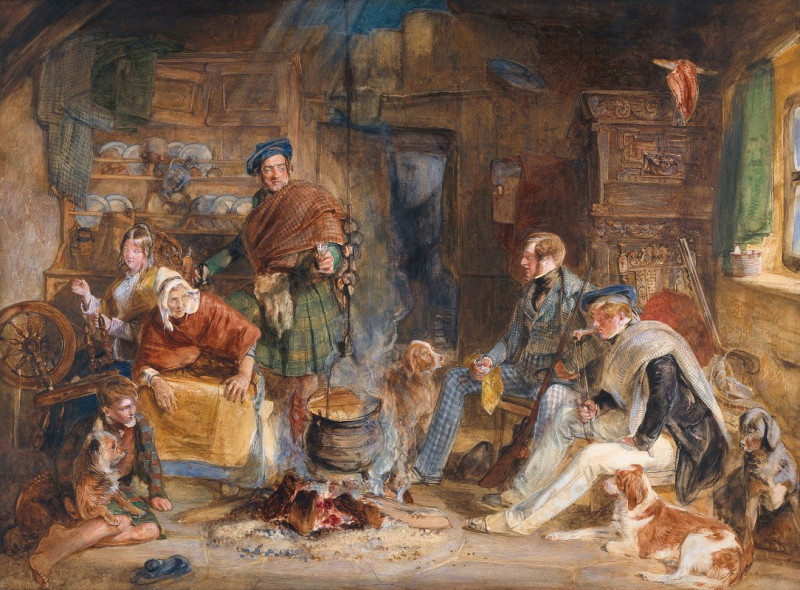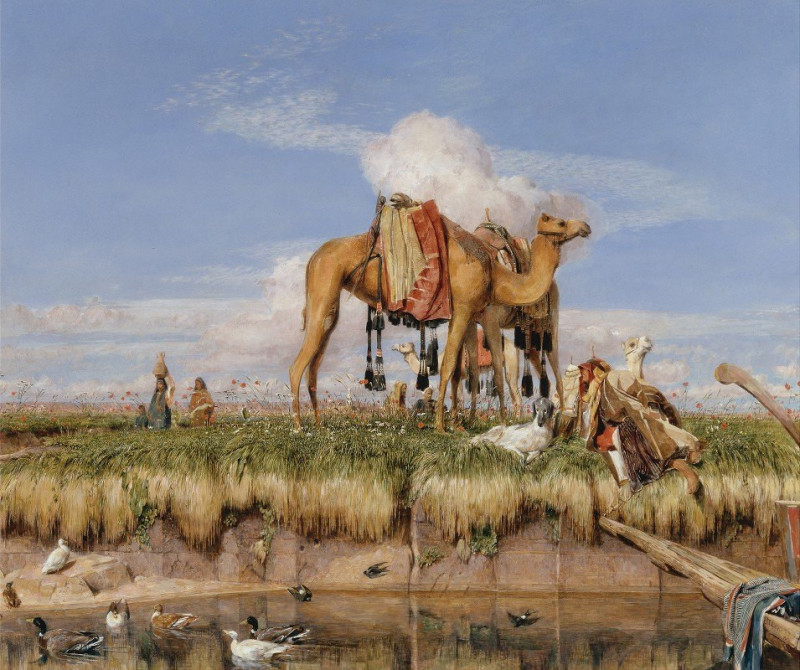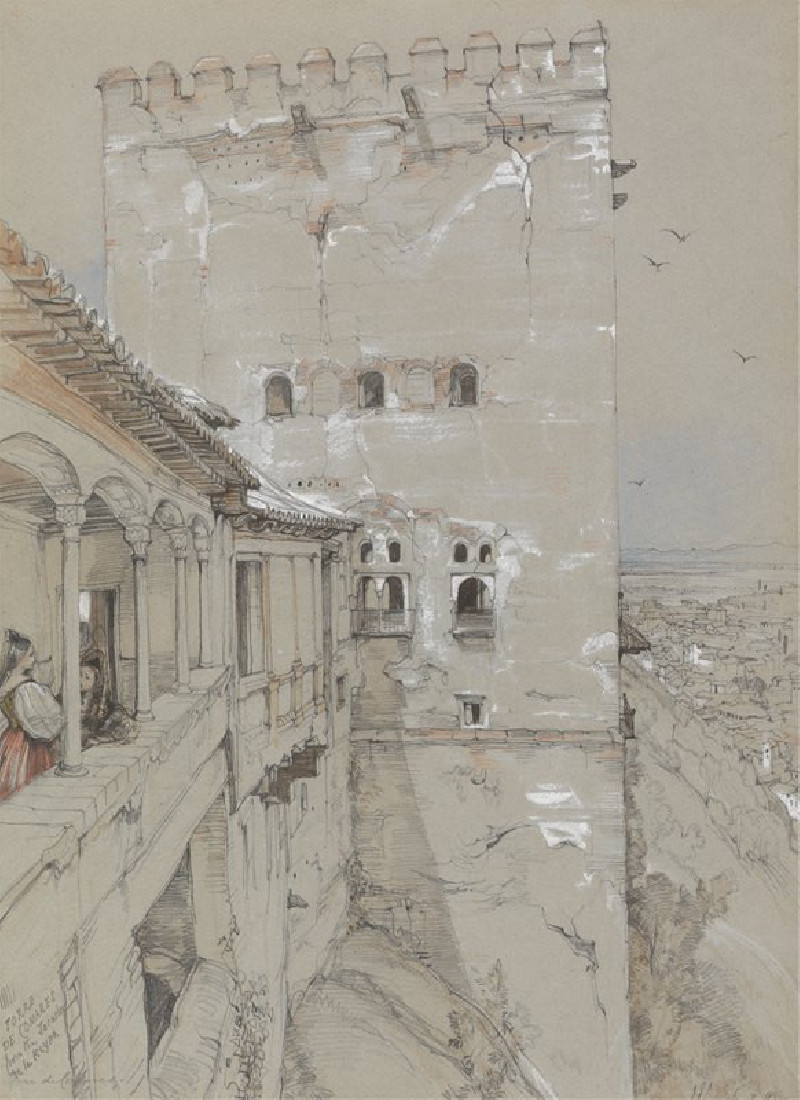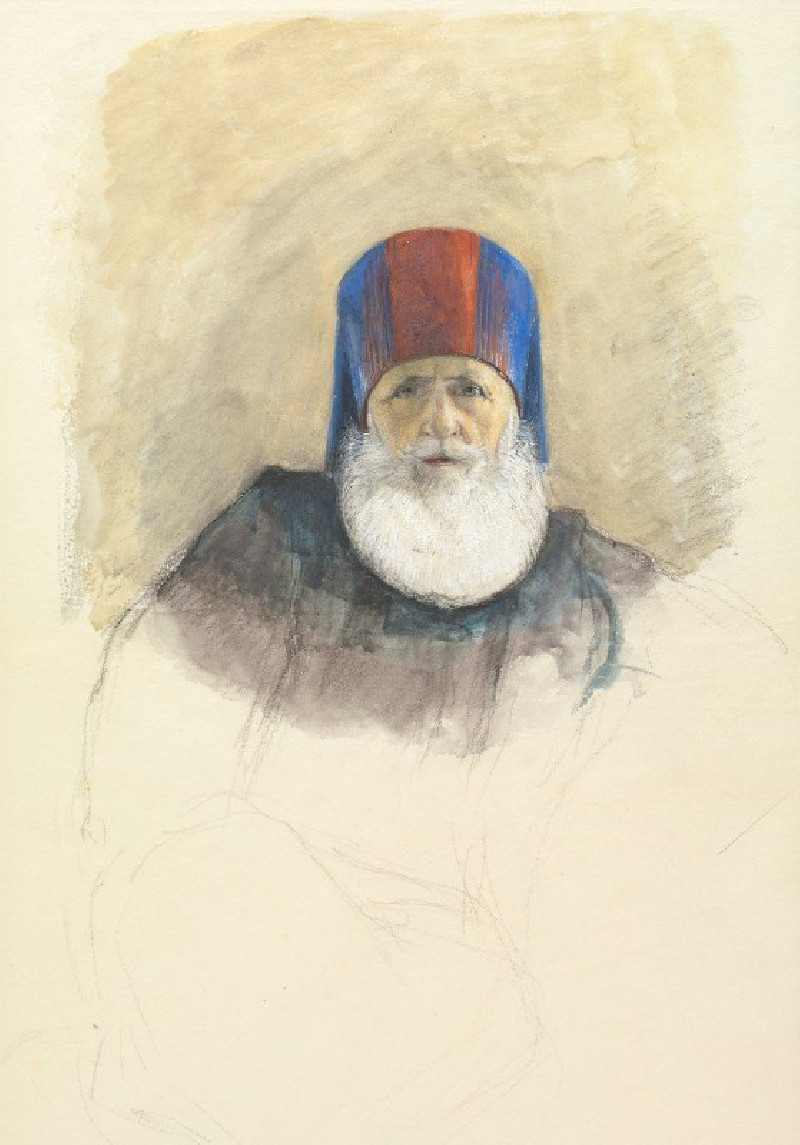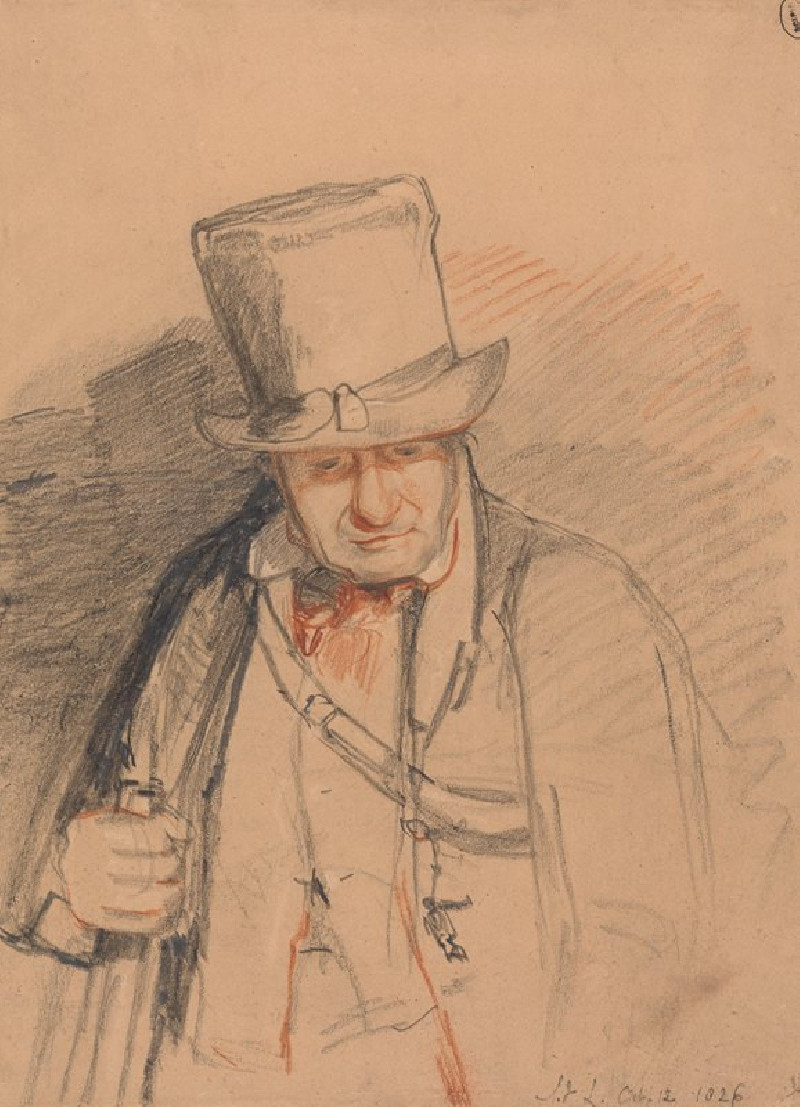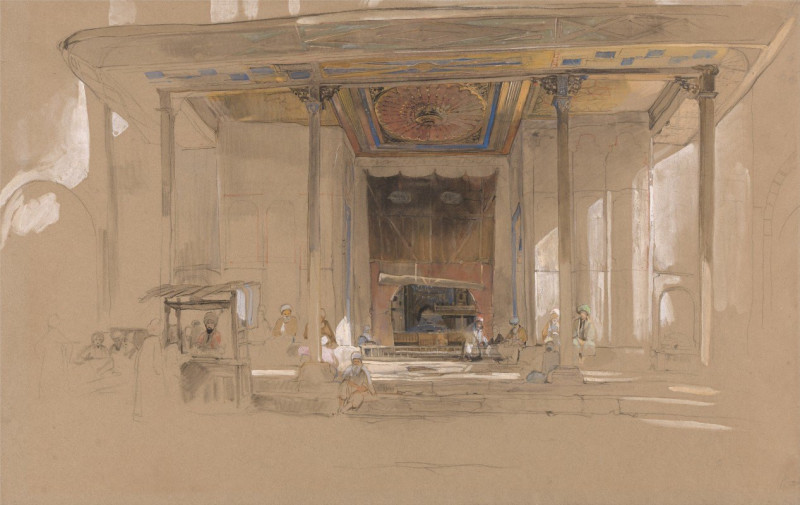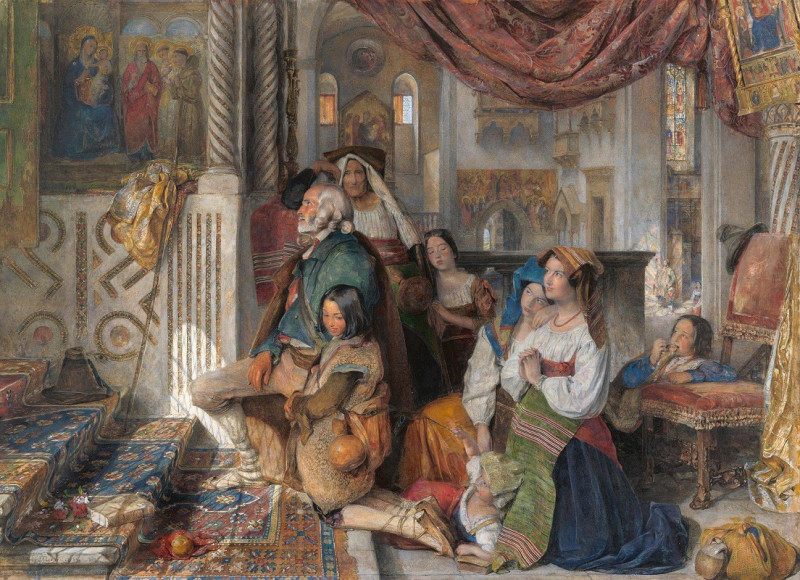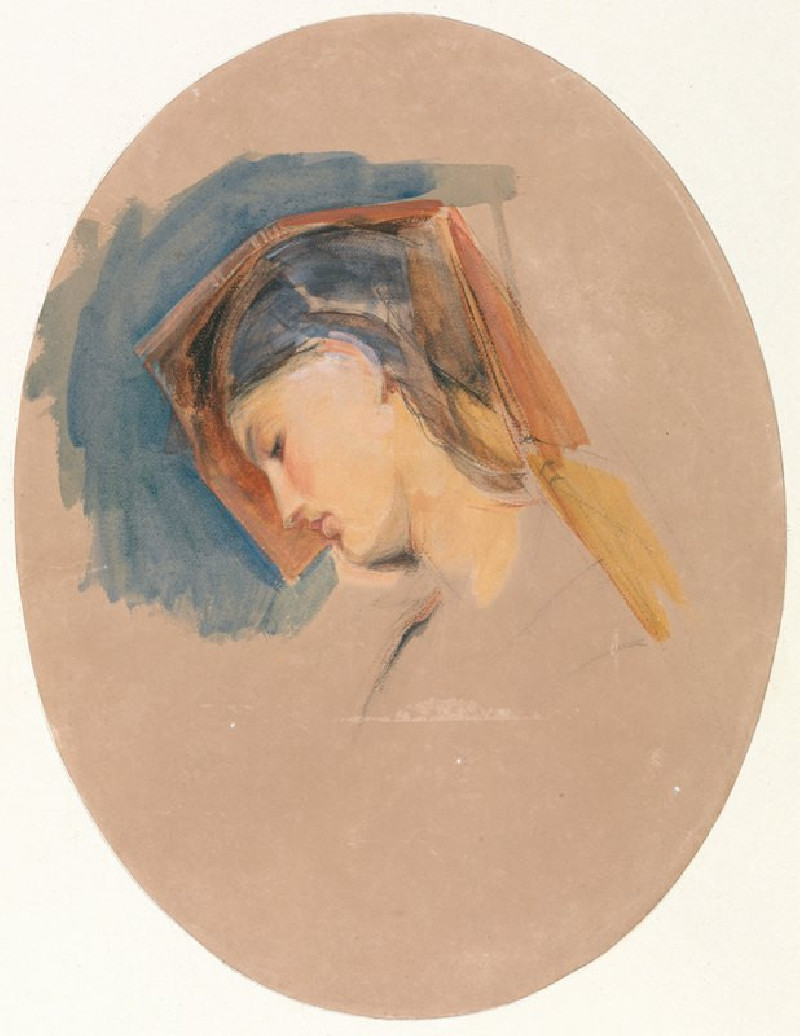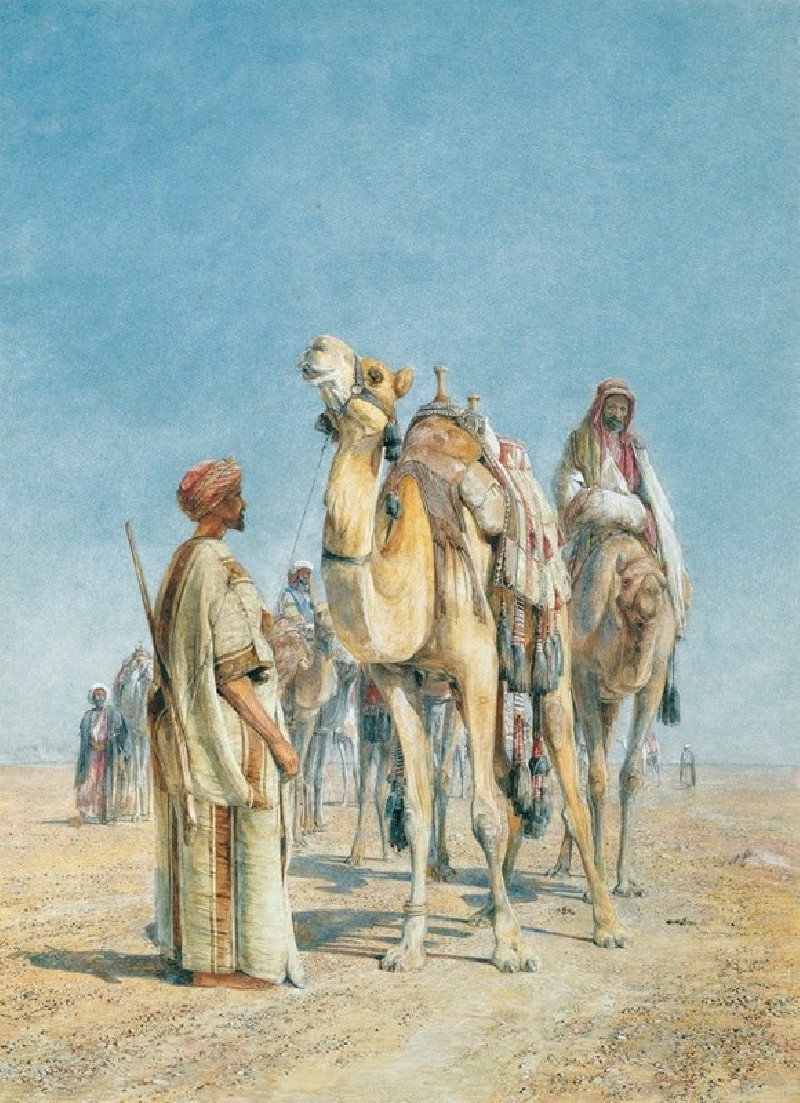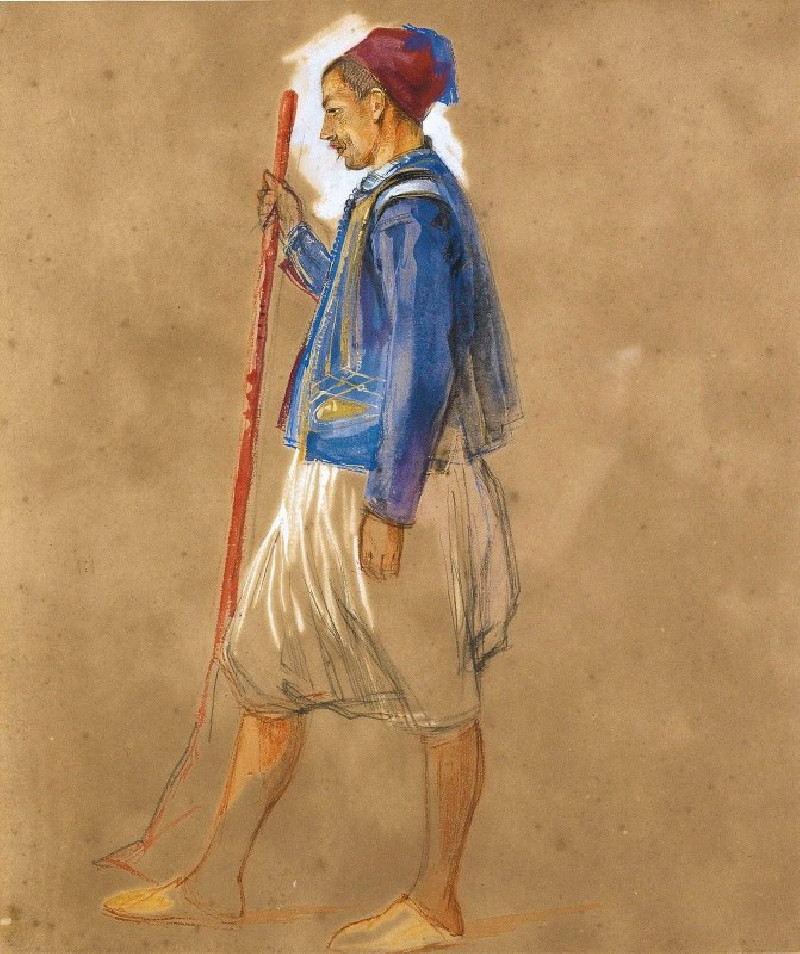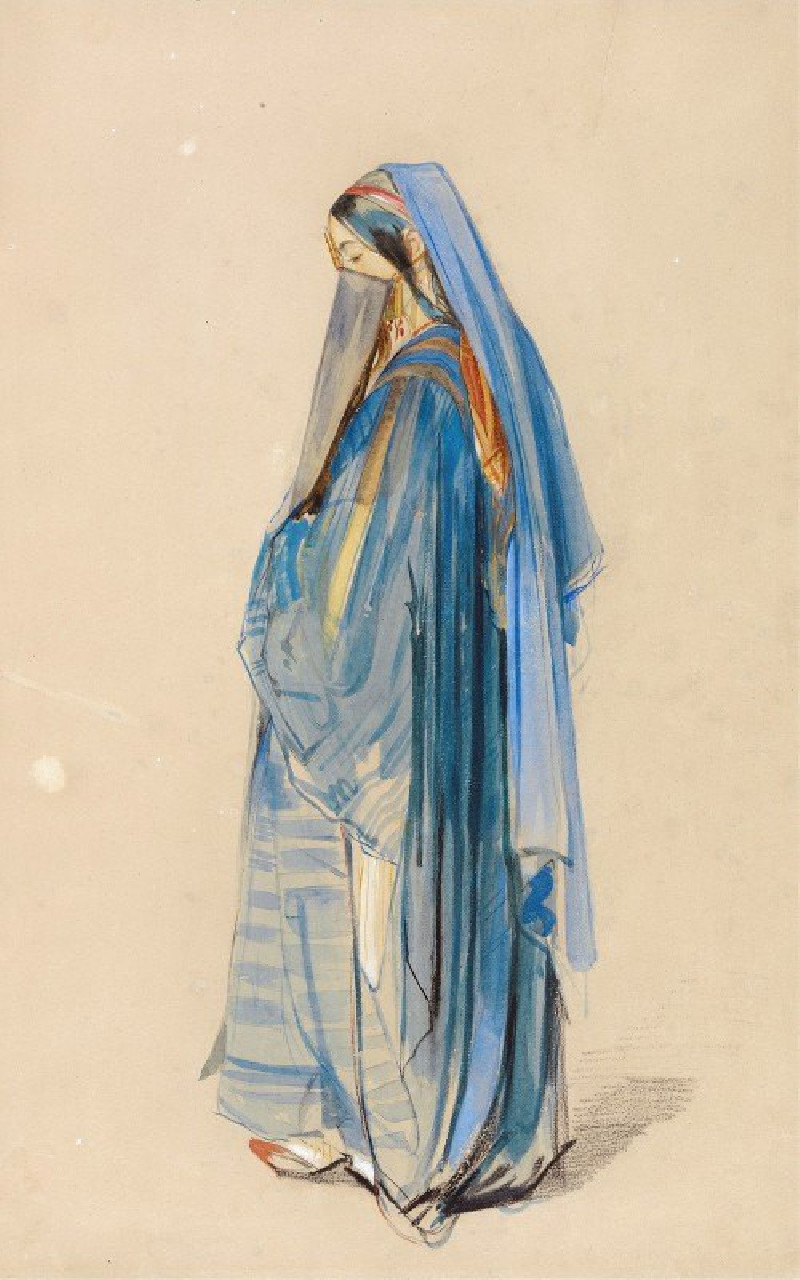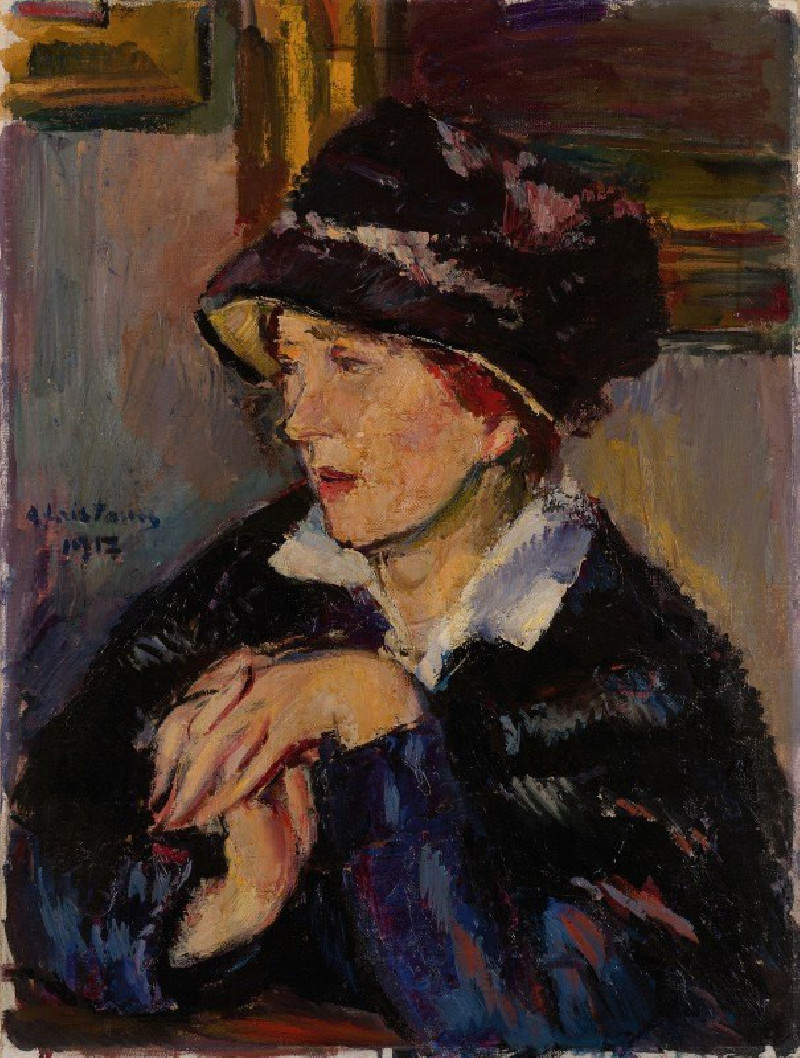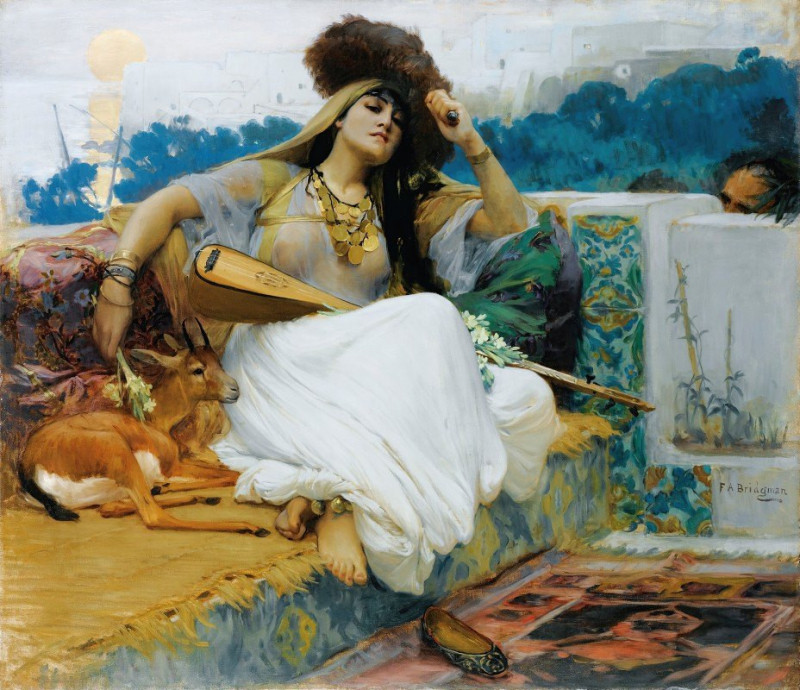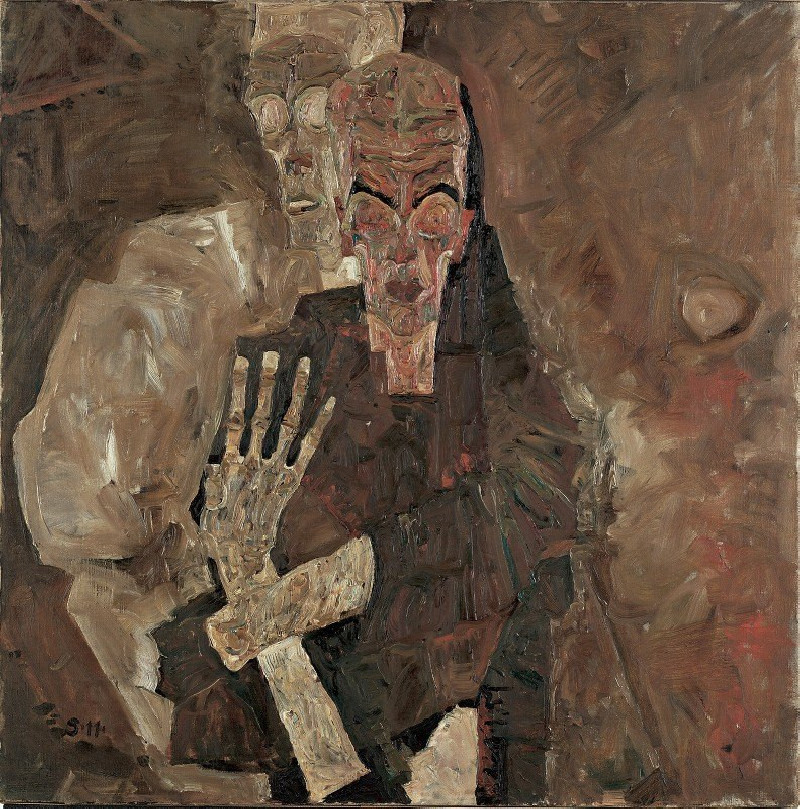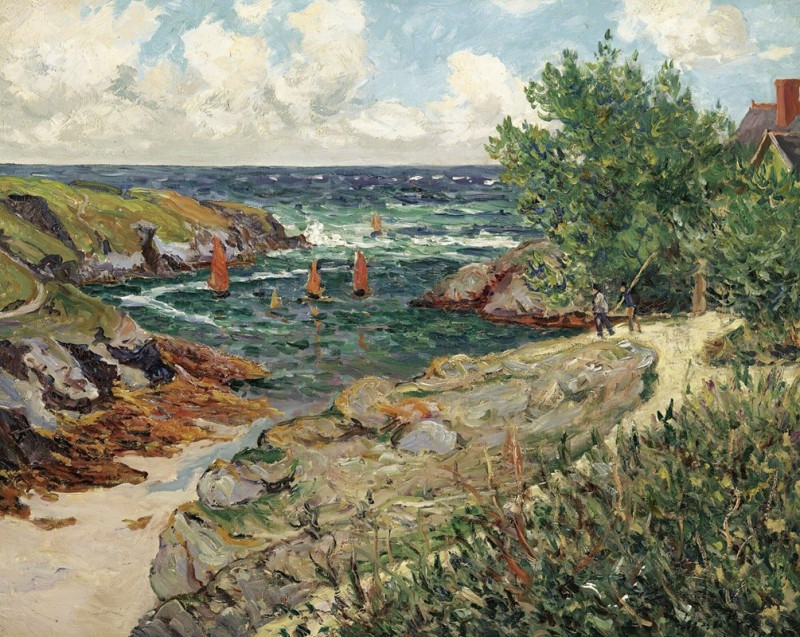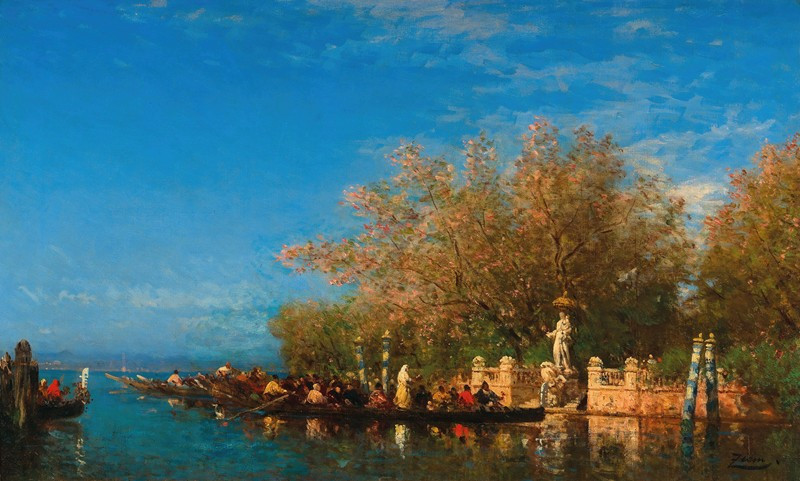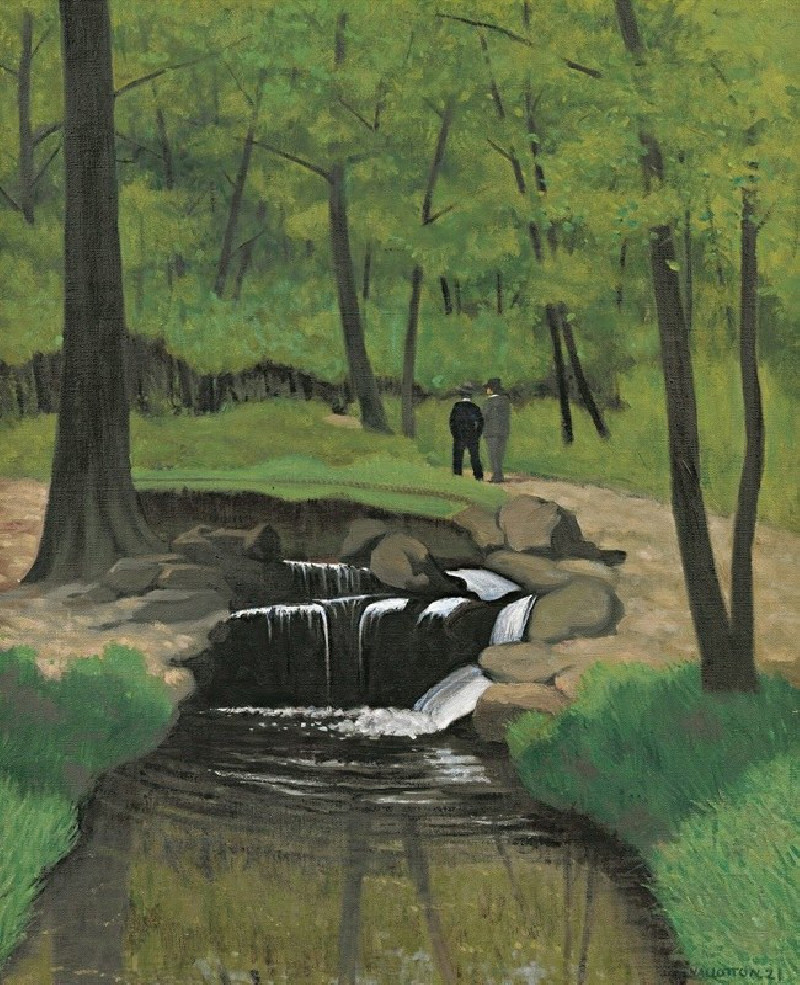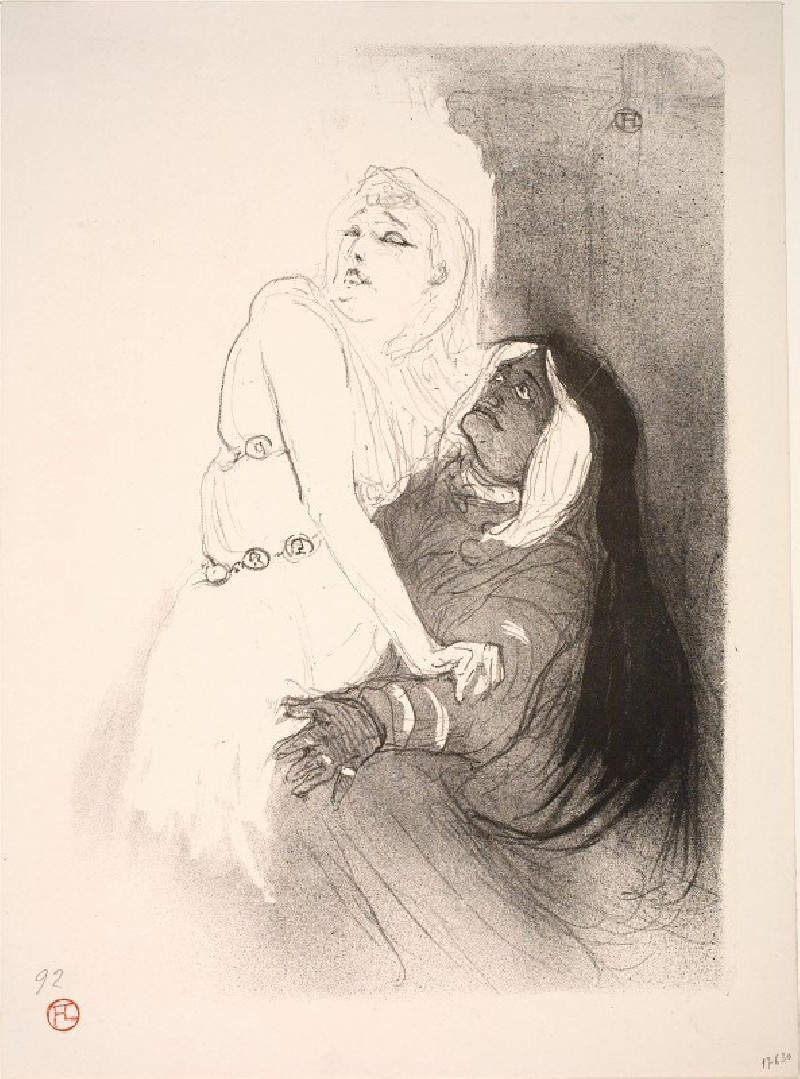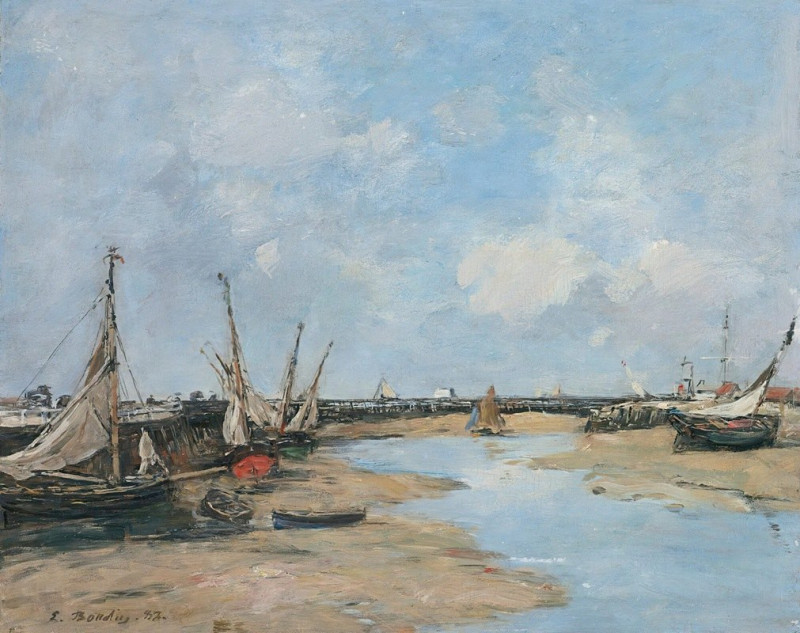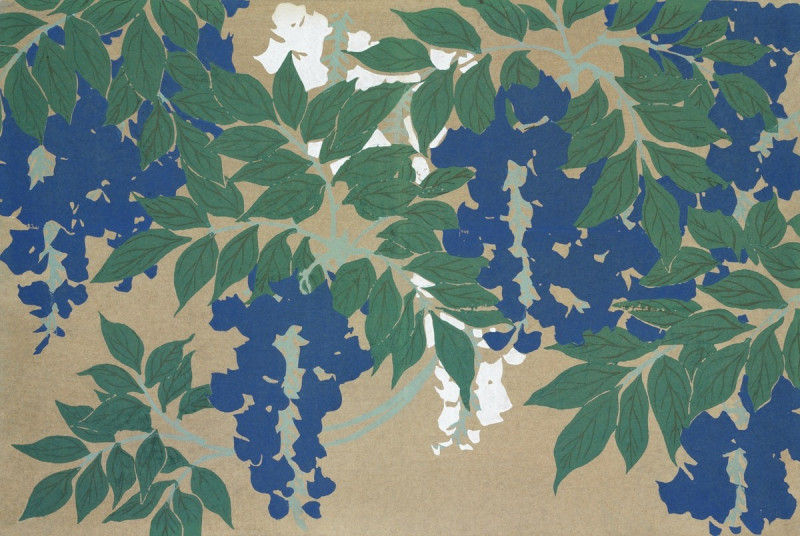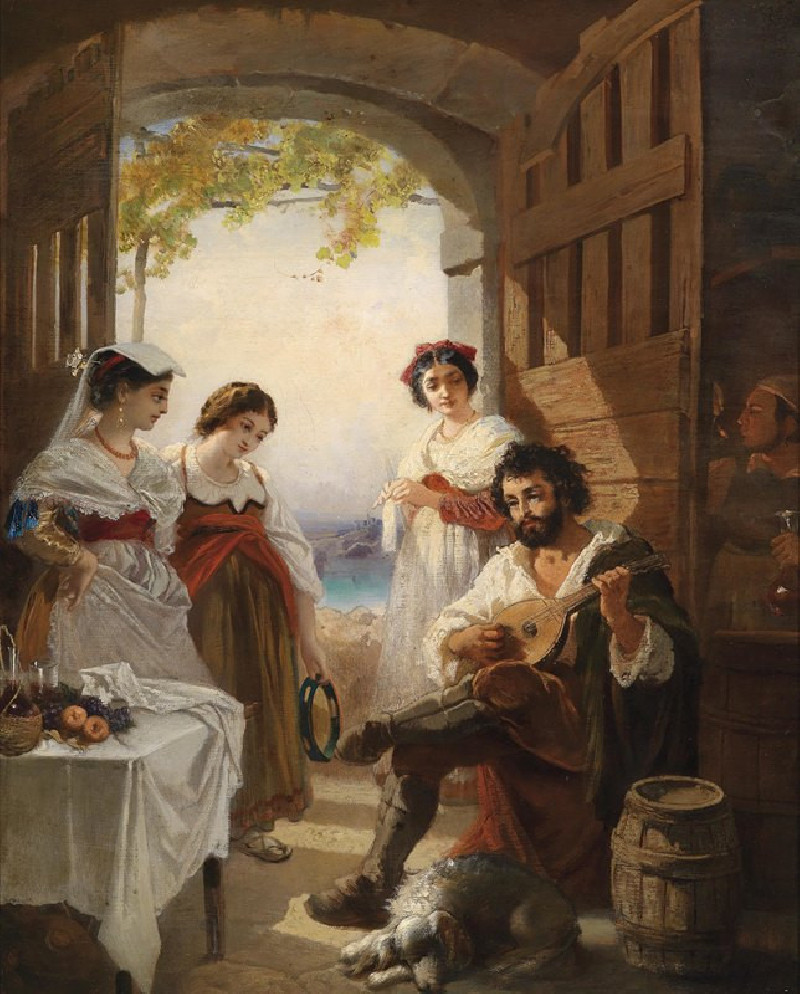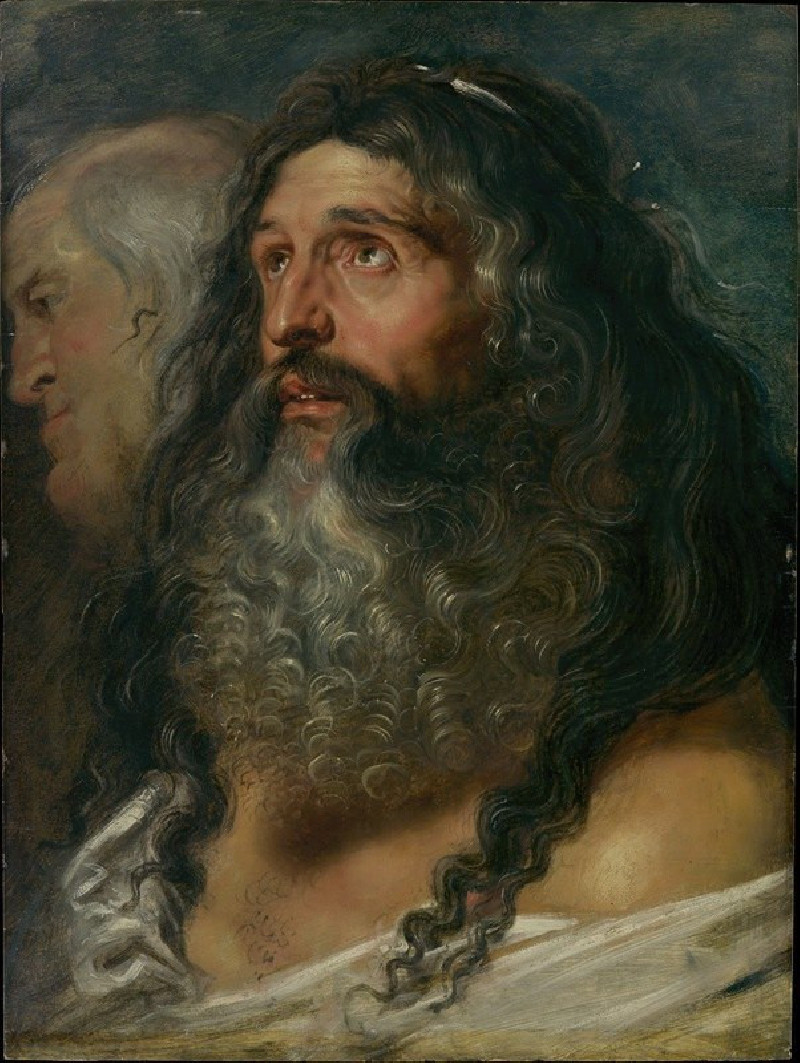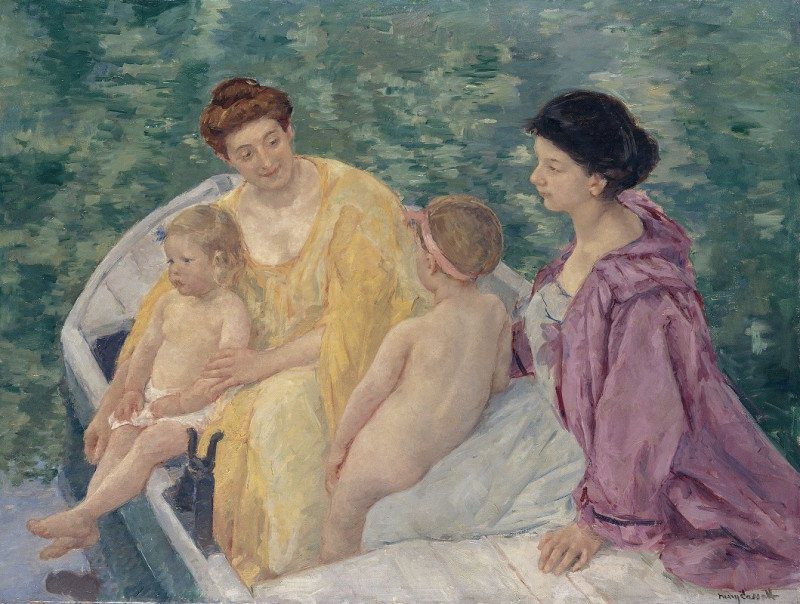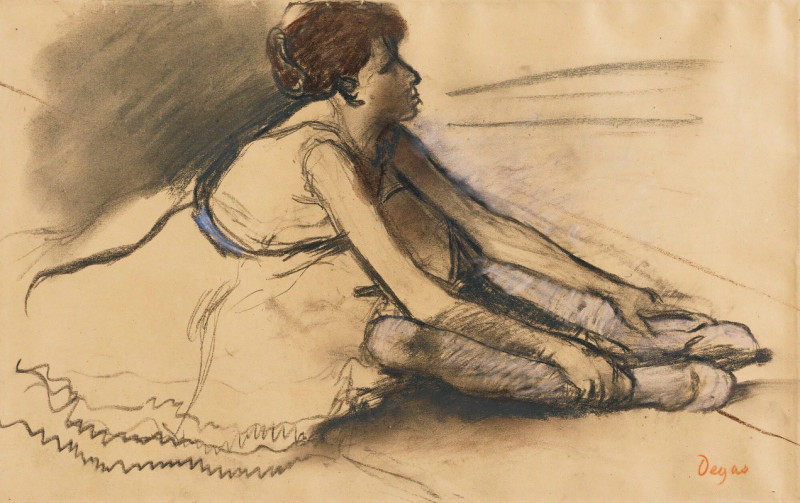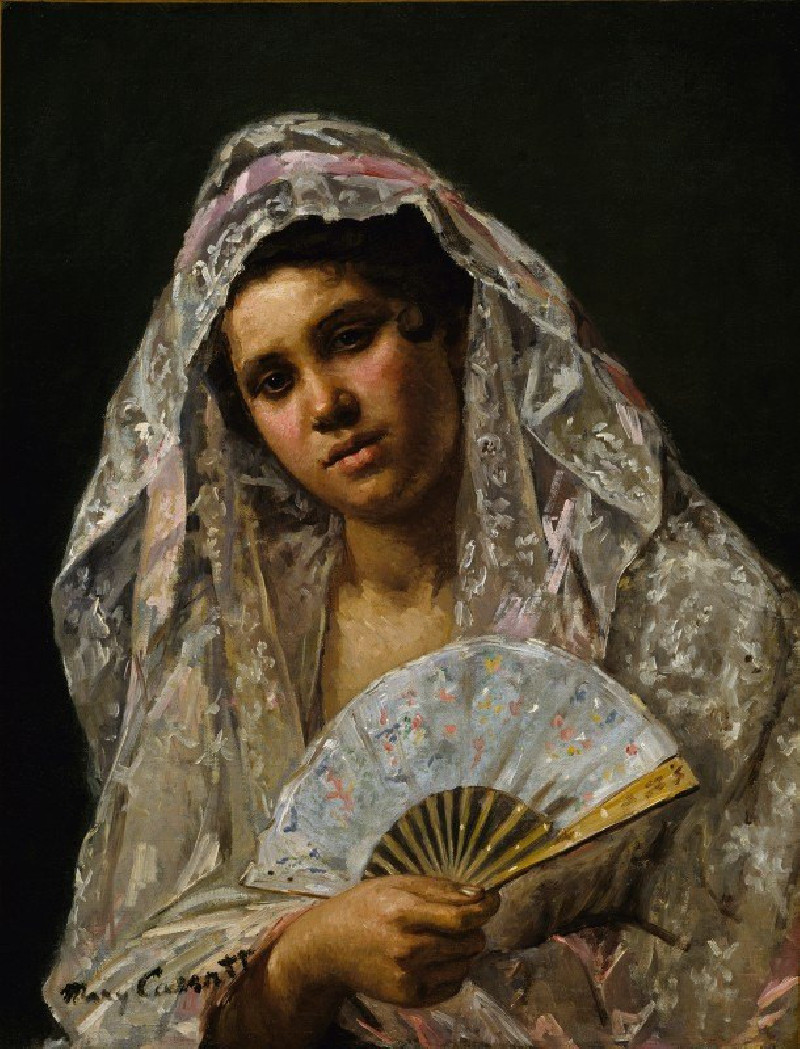Study of a Crouching Fox, Facing Right
Technique: Giclée quality print
Recommended by our customers
More about this artwork
"Study of a Crouching Fox, Facing Right" by John Frederick Lewis is a captivating depiction that showcases the artist's meticulous approach to detail and texture. This exquisite painting presents a fox in a dynamic, crouched position, with its head turned towards the right, evincing an expression of keen alertness and ferocity. The fox's fur is rendered with fine strokes of orange and white, highlighting Lewis's skill in capturing the animal's natural coloring and the softness of its coat.The background of the painting remains sketchy and unfinished, focusing all attention on the fox itself. This technique emphasizes the animal's form and the immediacy of its presence. The use of light and shadow in the portrayal adds depth, making this more than just a study; it's a freeze-frame of life, evoking the fox's potential for movement.This piece is not only a testament to Lewis's ability as a draftsman but also serves as a significant example of wildlife art, where the essence and spirit of the subject are as intricately captured as its image.
Delivery
Returns
John Frederick Lewis was an English Orientalist painter. He specialized in Oriental and Mediterranean scenes in detailed watercolour or oils, very often repeating the same composition in a version in each medium. He lived for several years in a traditional mansion in Cairo, and after his return to England in 1851 he specialized in highly detailed works showing both realistic genre scenes of Middle Eastern life and more idealized scenes in upper class Egyptian interiors with little apparent Western influence.

